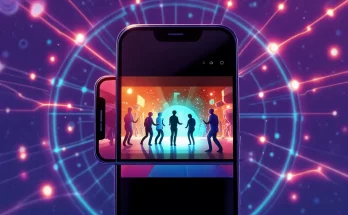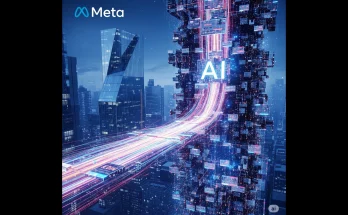In a candid revelation, Dario Amodei, the CEO of Anthropic, has made alarming predictions regarding the future workforce. In a recent interview with Axios, Amodei forecasted that artificial intelligence (AI) could effectively wipe out up to half of all entry-level white-collar jobs. As technology increasingly transcends traditional boundaries, it’s vital to explore the implications of such transformations.
AI’s Impact on Employment
Technology has always posed challenges to job markets, primarily impacting blue-collar sectors. Now, however, white-collar workers are facing stark threats to their employment stability. Amodei noted that the projected job losses could lead to an unemployment rate soaring as high as 20 percent over the next five years.
- Potential job loss in sectors like technology, finance, law, and consulting.
- Particular emphasis on entry-level positions being most vulnerable.
- Young professionals may find themselves disproportionately affected.
Urgent Call to Action
Amodei expressed a sense of responsibility among AI developers to raise awareness about these issues. He criticized governments and industry competitors for not adequately addressing the reality of AI-induced job displacement.
The CEO called for transparency, urging both AI companies and government authorities to be forthright about the repercussions residents may soon encounter. He stated that it is imperative to stop “sugar-coating” what lies ahead.
Balancing Optimism with Realism
While Amodei acknowledged AI’s potential to bring forth significant advancements, including breakthroughs in healthcare and economic growth, he firmly believes that these pressing warnings about job security must be addressed more urgently. The narrative of innovation cannot overshadow the potential job crisis looming on the horizon.
Contrasting Views: Mark Cuban Weighs In
Contrary perspectives are present, notably from billionaire Mark Cuban, who countered Amodei’s assertions by referencing historical workforce changes. Cuban noted that the rise of new technologies has always led to job transformations. For instance, he pointed out that when technology first emerged, many secretarial jobs were eliminated, yet new roles emerged in their place.
“Someone needs to remind the CEO that at one point there were more than 2 million secretaries,” Cuban stated, suggesting that new opportunities will arise from AI’s integration into various fields.
Current Industry Responses
Some organizations are beginning to heed the warnings. A notable example is Klarna, a company that previously replaced human representatives with AI for customer service functions. However, just recently, Klarna recognized this strategy as a miscalculation and is now actively seeking to reintegrate human workers back into their customer service teams.
The Future is Uncertain
As discussions surrounding artificial intelligence evolve, understanding the balance between innovation and job security is crucial. Will AI indeed lead to a “bloodbath” of job losses, or will it herald a new era of employment opportunities, as some skeptics believe? The answer remains ambiguous.
Regardless, what’s clear is that the responsibilities lie not only with technology developers but also with policymakers and educators. Preparing the current and future workforce for the inevitable changes is essential in navigating this transformative landscape.
As we move forward, the discourse surrounding AI and job displacement is more critical than ever. By staying informed and engaged, we can prepare for potential challenges while embracing the opportunities technology brings to various sectors.



